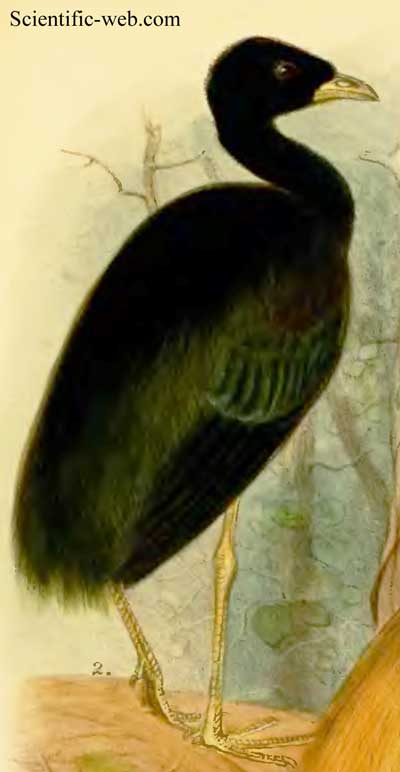Psophia viridis Cladus: Eukaryota Name Psophia viridis Spix, 1825 References * Av.Sp.Nov.Brasil. 2 p.66 pl.83 Vernacular names
The Dark-winged Trumpeter (Psophia viridis) is a species of bird in the Psophiidae family. It is found in the Amazon Basin of Brazil, but only south of the Amazon River. The species range in the west enters the border regions of northeastern Bolivia in two separated tributary regions. The eastern range of Dark-winged Trumpeter extends into the lower adjacent Tocantins River drainage in the Brazilian state of Pará. Its natural habitat is tropical moist lowland forests. While this species is considered to be of least concern overall, the easternmost subspecies obscura is rare. References BirdLife International 2004. Psophia viridis. 2006 IUCN Red List of Threatened Species. Downloaded on 24 July 2007.
Source: Wikipedia, Wikispecies: All text is available under the terms of the GNU Free Documentation License |
|

